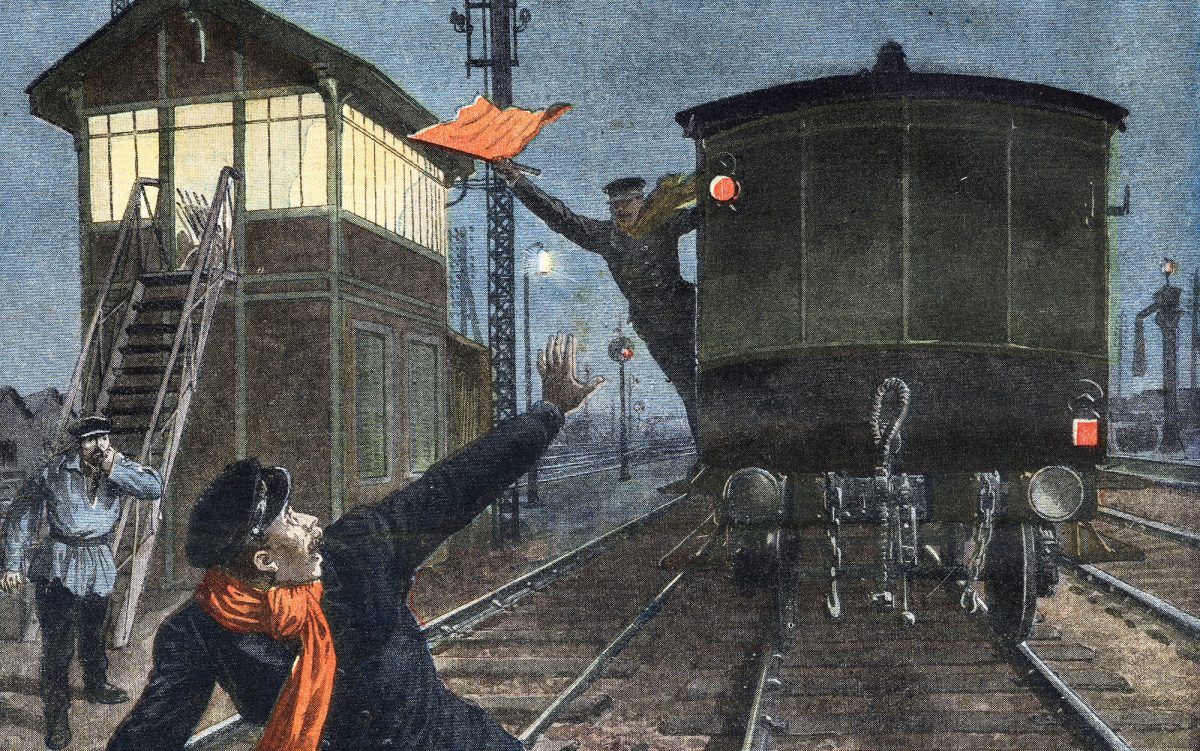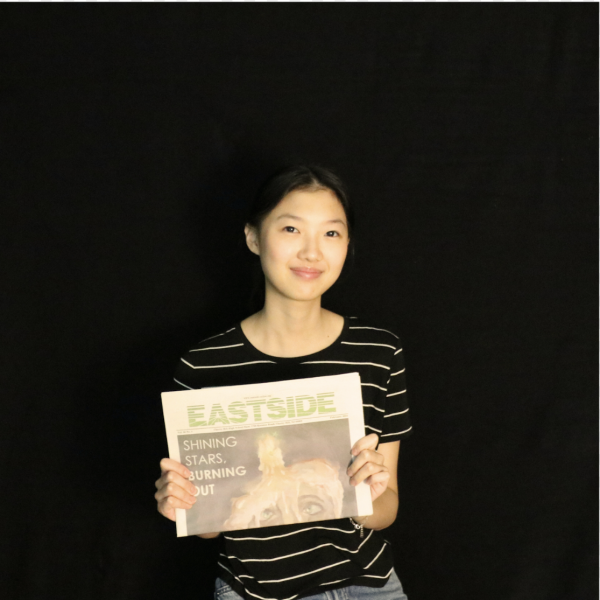Imagine you’re the driver of an out-of-control trolley car that is barreling down a track on which five people are working. After several attempts to stop the trolley, you realize the brakes aren’t functioning. As you desperately try to find a way to avoid hitting and killing the five workers, you notice a side track to your right with only one worker on it. Your steering wheel is functional, giving you the option to turn the trolley onto the side track. However, diverting the trolley to the side track will lead to one worker’s certain death. On the other hand, if you do nothing, the trolley will continue on its original course, resulting in the death of five workers. The two choices leave you with one dire question: would you turn the steering wheel to save five lives at the risk of one?
Now, let’s consider a variant of the trolley problem. This time, you are an onlooker on a footbridge overseeing the track where an out-of-control trolley car is barreling toward five people who are busy working on the track. You are far enough away that the workers wouldn’t be able to hear you if you yelled. Standing next to you is a stranger, who, by some mere coincidence of fate happens to be a very large man. If you push the man onto the track, his large figure will be able to stop the trolley’s progress, leaving the five workers unharmed. However, doing so would result in the man’s death. This scenario leaves you with a similar question: would you sacrifice the large man to save the lives of the five workers?
The trolley problem highlights and contrasts two moral ideals: a utilitarian approach and a deontology approach. From the utilitarian perspective, any actions taken to reach the outcome can be justified as moral if they resulted in the majority’s benefit. In the context of the trolley problem, the option that would save the most people would be moral for a utilitarian. Therefore, a strict utilitarian would choose to turn the steering wheel because sacrificing one person to save five people would cause less harm and be more beneficial. On the other hand, deontology locates morality in actions rather than focusing on the consequences of an action. In deontological ethics, the rightness or wrongness of an action should be based on whether it complies with a set of rules, moral laws, as well as your intuition. According to deontology, it would be morally wrong to sacrifice one person in order to save five because choosing to turn the steering wheel and kill someone is inherently wrong. The philosophical question of whether it is morally acceptable to perform an action that harms someone to protect the welfare of a greater number of people is frequently discussed using the trolley problem.
Moreover, the purpose of the “Large Man” case is to examine why most people choose to turn the steering wheel in the original trolley problem, but not push the bystander in the variation, even though the outcomes, sacrificing one life to save five others, are identical. Numerically, there are no differences between the original trolley problem and its variant. In the original trolley problem, most people agreed with the utilitarian perspective and deemed it morally acceptable to turn the steering wheel. However, people felt differently when the same doctrine was applied to the “Large Man” case even though the situations were identical outcomes-wise. Although the decision made for either situation will result in identical outcomes, it is much harder to be directly responsible for the death of someone.
In reality, the trolley problem is unrealistic. It is extremely unlikely that you’ll ever be forced to choose whether to turn the steering wheel or push the large man or not. However, this absurd situation and its several other equally impossible variations stimulate discussion and arguments against or for different moral philosophies.
This problem wasn’t designed to have a perfect solution, nor a compromise or consensus to find the best possible solution. But by utilizing our knowledge of philosophy, we can continue to use the trolley problem to support or contradict different approaches to ethical thinking.


